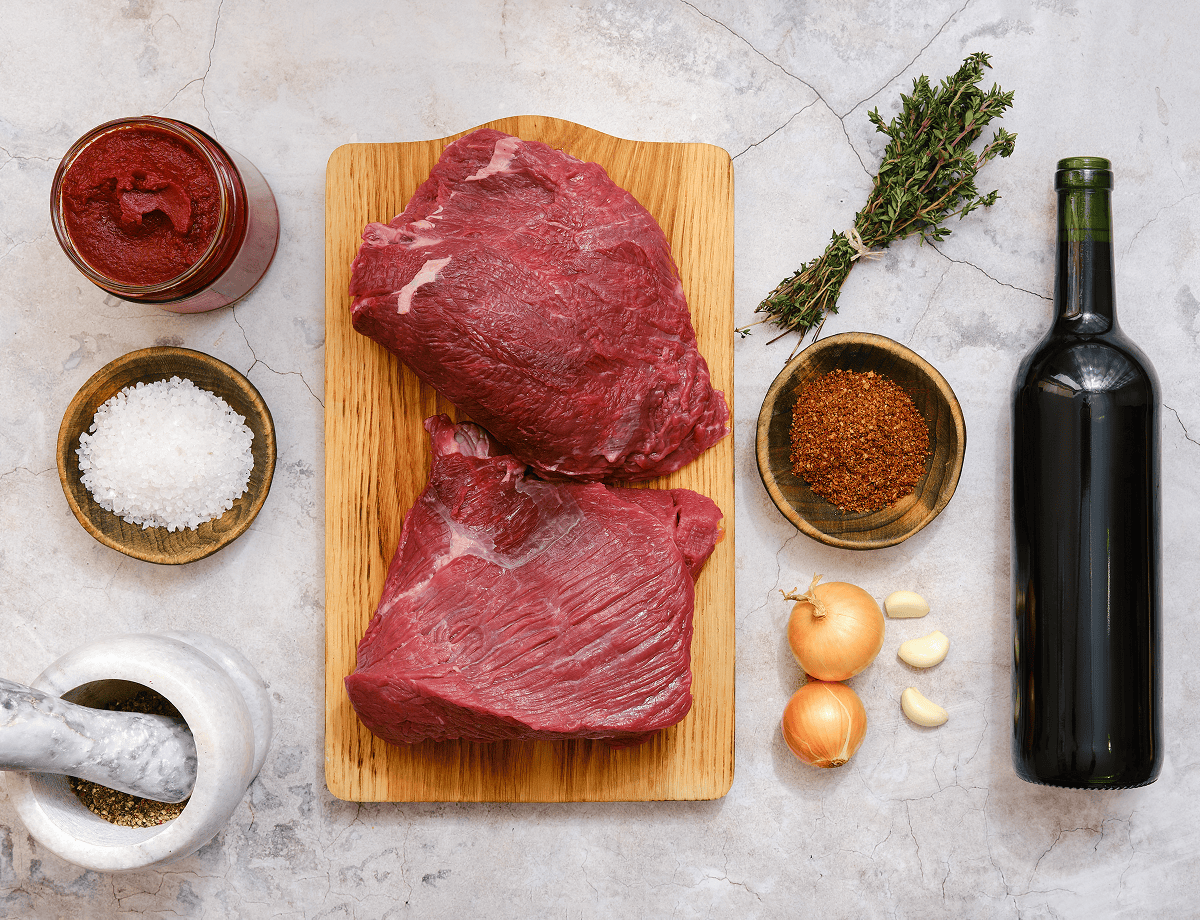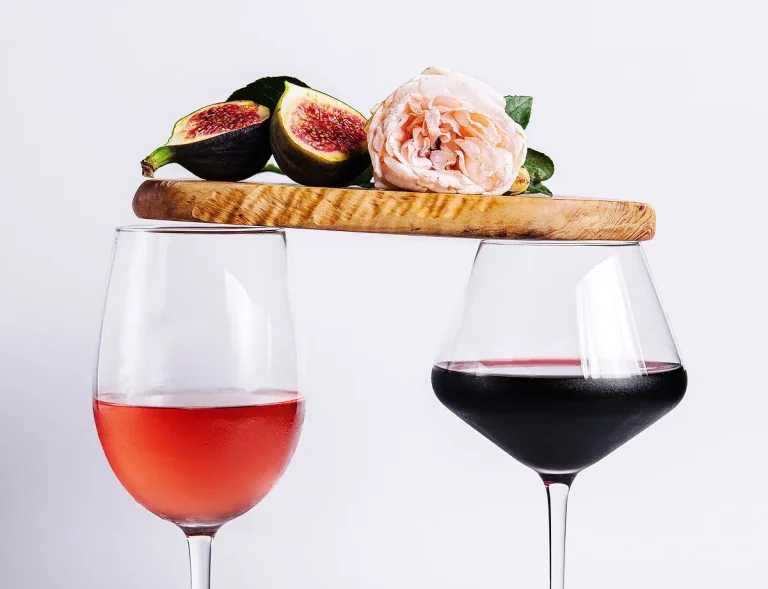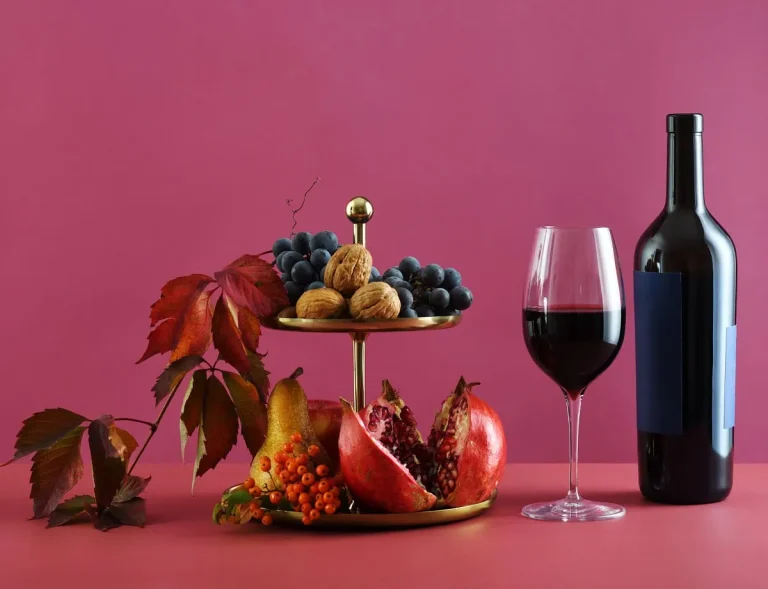🎁 Buy 6 Bottles, Get 6 FREE
Best Dry Wine for Cooking
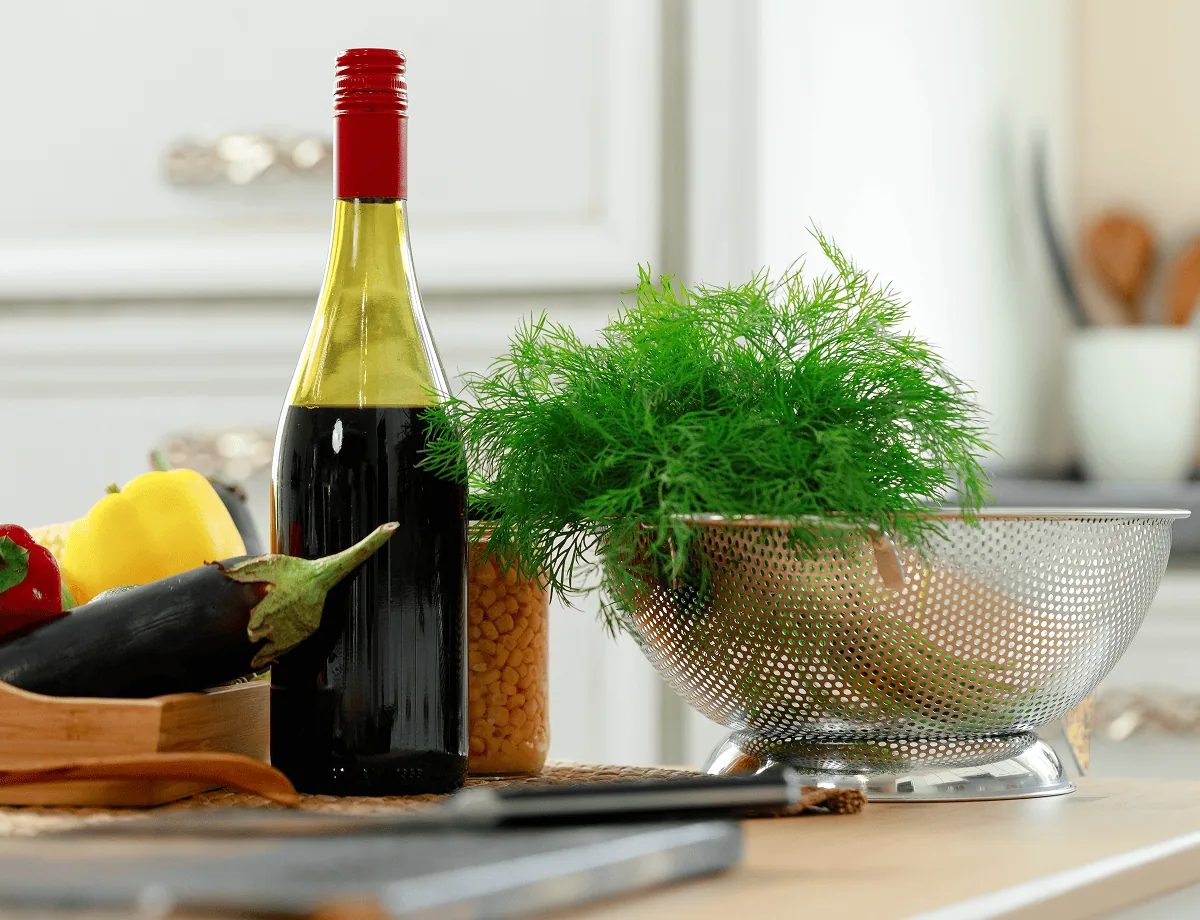
The ideal dry wines for cooking are usually crisp and fruity. Pinot Grigio is a particularly flexible option, well-suited for seafood and vegetable dishes thanks to its light, neutral character. Sauvignon Blanc is another great choice, especially for vegetables, offering bright acidity and herbal, floral flavors. Steer clear of oaky Chardonnays and inexpensive “cooking wines” that contain added salt. Instead, opt for dry, unoaked wines in the $8 to $12 range, with a moderate alcohol content between 10% and 13% ABV.
If you’ve ever wondered why restaurant sauces taste so rich, or why some home-cooked meals just feel elevated — wine might be the answer. Dry wine, in particular, is one of the most underrated tools in a cook’s arsenal. When used right, it doesn’t just add liquid — it adds layers. Acidity, depth, subtle fruit notes, structure. It’s seasoning, but in liquid form.
In this guide, we’ll explore how dry wine can transform your cooking, which varieties to use (and avoid), and how to pair them with everything from seafood to stews. `
What Makes a Wine “Dry” — and Why It Matters in the Kitchen
A dry wine has little to no residual sugar. That’s important, because when wine reduces in a hot pan, the sugars concentrate. If you use a sweet wine, you risk turning your dish cloying. Dry wines, on the other hand, bring balance. They sharpen creamy sauces, deepen braises, and lift delicate proteins like fish or shellfish.
A general rule? Cook with a dry wine you’d actually drink. It doesn’t have to be expensive, but it shouldn’t taste like vinegar or a dusty cardboard box.
Want to get even deeper into pairings? Explore our best food pairings with dry wine guide to turn every meal — and bottle — into something extraordinary.
Best Dry White Wine for Cooking
The best dry white wines for cooking are crisp and clean, with bright acidity and minimal oak. They should support your dish, not dominate it — enhancing vegetables, poultry, and seafood with subtle citrus or herbaceous notes.
Dry White Wine for Cooking Chicken
Sauvignon Blanc is your best friend here. Its grassy profile and acidity cut through creamy sauces and complement herbs like thyme or rosemary.
Also great:
- Unoaked Chardonnay for creamy dishes
- Pinot Grigio when you want subtlety with a bit of body
Dry White Wine for Cooking Fish
Try clean, mineral-driven whites such as:
- Muscadet
- Vermentino
- Pinot Grigio
They support delicate fish like cod or halibut — especially when poached or baked with citrus and herbs.
Dry White Wine for Cooking Seafood (Shrimp, Scallops, Mussels)
For shellfish, you want bracing freshness. Reach for:
- Chablis or Albariño — perfect for mussels
- Sauvignon Blanc — ideal with garlicky shrimp
- Dry Riesling or Vinho Verde — to accent scallops’ natural sweetness
Dry White Wine for Cooking Lamb (When Lighter Flavours Work)
When lamb meets spring vegetables or fresh herbs:
- Assyrtiko or Vermentino bring citrus and herbal lift
- Perfect for herb-marinated chops or light braises
Dry White Wine for Vegetables, Cream Sauces, and Gravies
Go-to whites here include:
- Pinot Grigio — great for risotto or mushrooms
- Sauvignon Blanc — adds brightness to asparagus and greens
Use them to deglaze your pan or add zip to a béchamel or gravy.
If you’re serving wine alongside, explore our dry white wine food pairings.
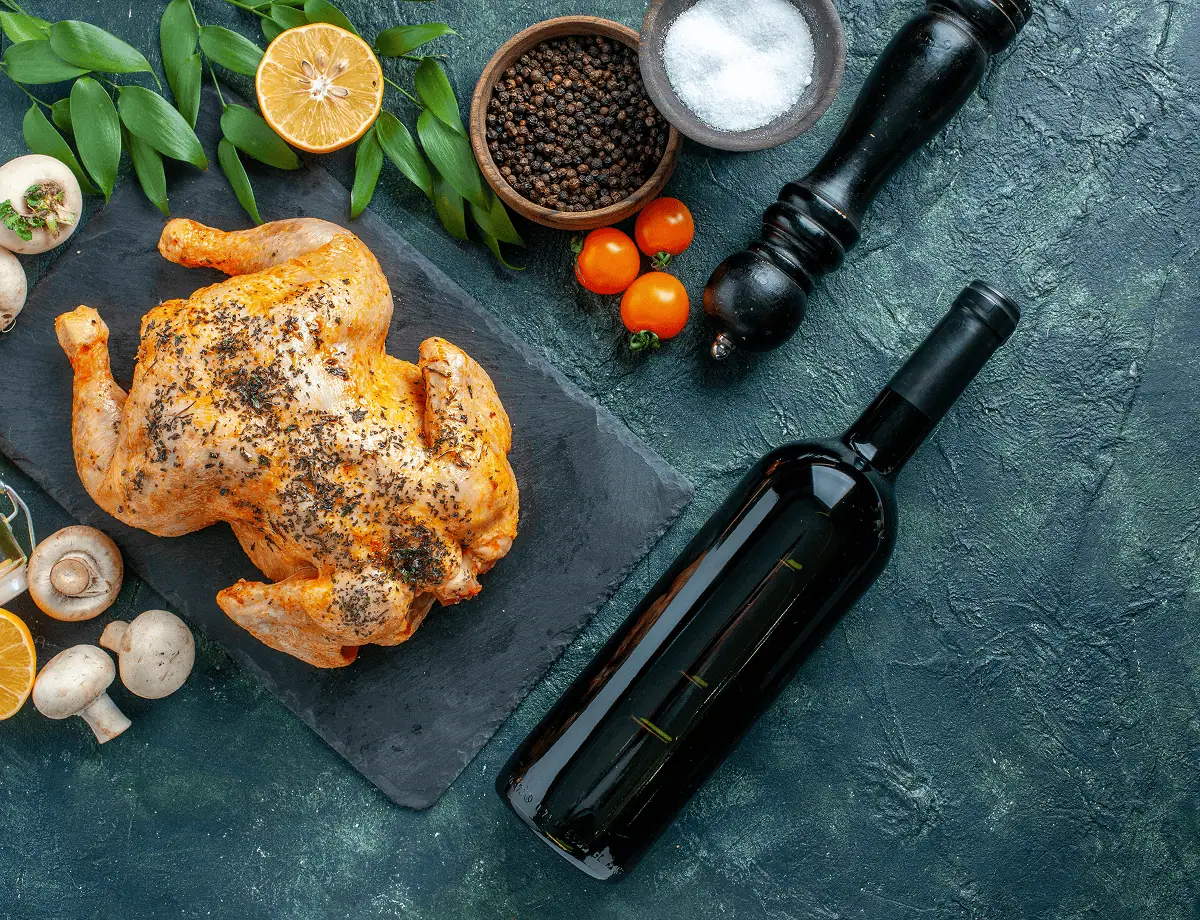
Best Dry Red Wine for Cooking
Red wines for cooking need acidity, balance, and low-to-moderate tannins. Skip oaky or overly tannic bottles — they’ll taste harsh when reduced. Instead, look for food-friendly varieties with fruit and freshness.
Dry Red Wine for Cooking Chicken (Coq au Vin & Similar Dishes)
Classic Coq au Vin uses:
- Pinot Noir — delicate but flavourful
- Sangiovese or light Merlot — for more depth without heaviness
Great for braises or mushroom-forward recipes.
Dry Red Wine for Cooking Lamb
Lamb loves earthy, structured reds:
- Syrah
- Grenache
- Rhône-style blends
- Aged Tempranillo — adds depth to stews and roasts
These pair with bold lamb flavours and spice-heavy rubs.
Dry Red Wine for Cooking Beef and Stews
For bold beef dishes, use:
- Cabernet Sauvignon
- Malbec
- Shiraz — all stand up to long cooking times
- Pinot Noir — traditional in Beef Bourguignon, offering balance and elegance
Dry Red Wine for Tomato-Based Sauces and Hearty Vegetables
Top picks:
- Sangiovese — high acid, earthy, rustic
- Tempranillo and Garnacha — great with roasted veggies or lentil stews
Perfect in pasta sauces, baked peppers, or eggplant-based dishes.
If you’re serving wine alongside, explore our dry red wine food pairings.
Pro Tips for Cooking with Dry Wine
- Avoid “cooking wine”. It’s often full of salt and preservatives. You’re better off with an $8 bottle of drinkable wine from your local shop.
- Add early. Alcohol needs time to burn off. Don’t toss it in at the end unless you want it front and centre.
- Deglaze like a pro. After searing meat or sautéing onions, splash in some wine to lift all those caramelised bits. That’s pure flavour.
- Don’t over-reduce tannic reds. They can turn bitter. If using Cabernet or other bold reds, give them time — or mellow with stock.
- Leftover wine? Freeze it in an ice cube tray and use it for cooking throughout the week.
When to Use White vs Red
| Dish Type | Go White | Go Red |
|---|---|---|
| Seafood | Sauvignon Blanc, Pinot Grigio | (Rarely, but Pinot Noir with salmon) |
| Chicken | Chardonnay, Albariño | Pinot Noir, Sangiovese (coq au vin) |
| Tomato sauces | (Use only for white sauces) | Sangiovese, Tempranillo |
| Mushrooms | Sauvignon Blanc (for risotto) | Pinot Noir, Syrah |
| Red meats | (Skip white here) | Cabernet, Shiraz, Syrah |
| Creamy dishes | Unoaked Chardonnay | Pinot Noir (light creams only) |
Best Dry Wine for Cooking: The Secret Weapon of Home Chefs
Cooking with dry wine isn’t about showing off — it’s about flavour. Used wisely, it balances and adds nuance to your dishes. Start with a reliable Sauvignon Blanc and Pinot Noir, and expand from there.
The more you taste and test, the better you’ll get. Soon, adding wine to your pan will feel as natural as a pinch of salt.
